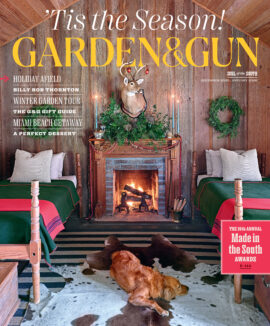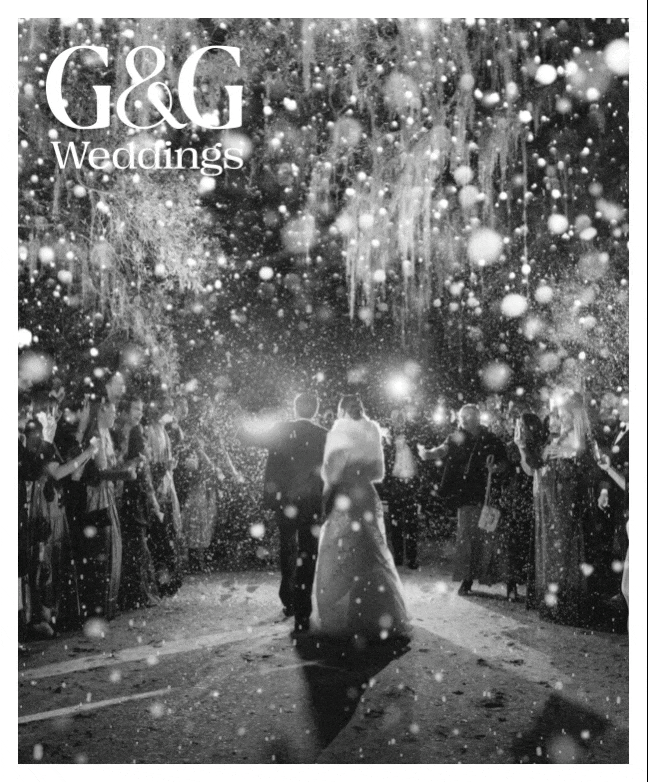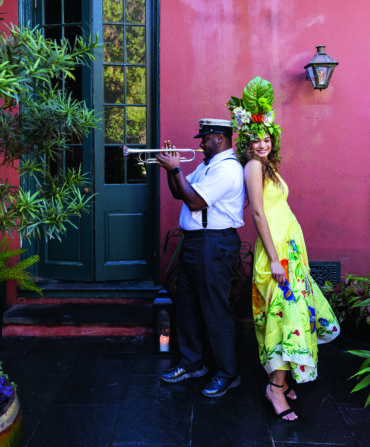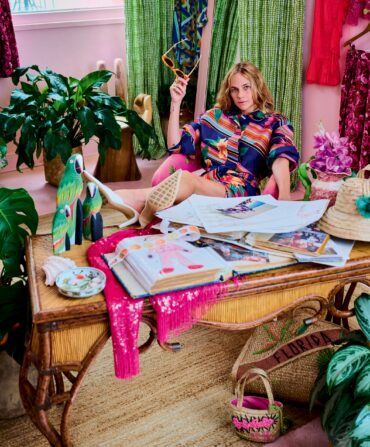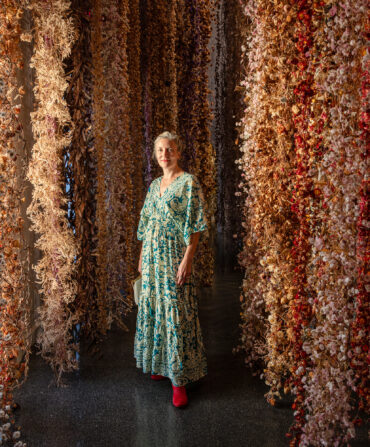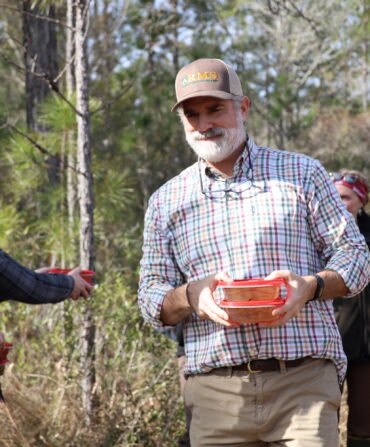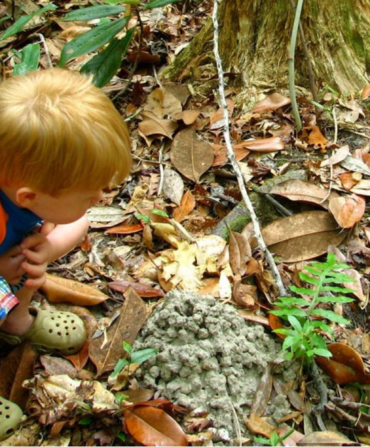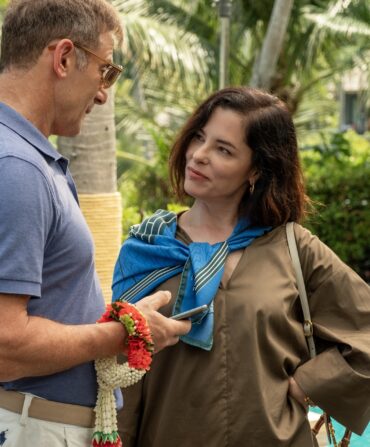Eight Ways to Make Your Wedding More Sustainable—Without Compromising on Style
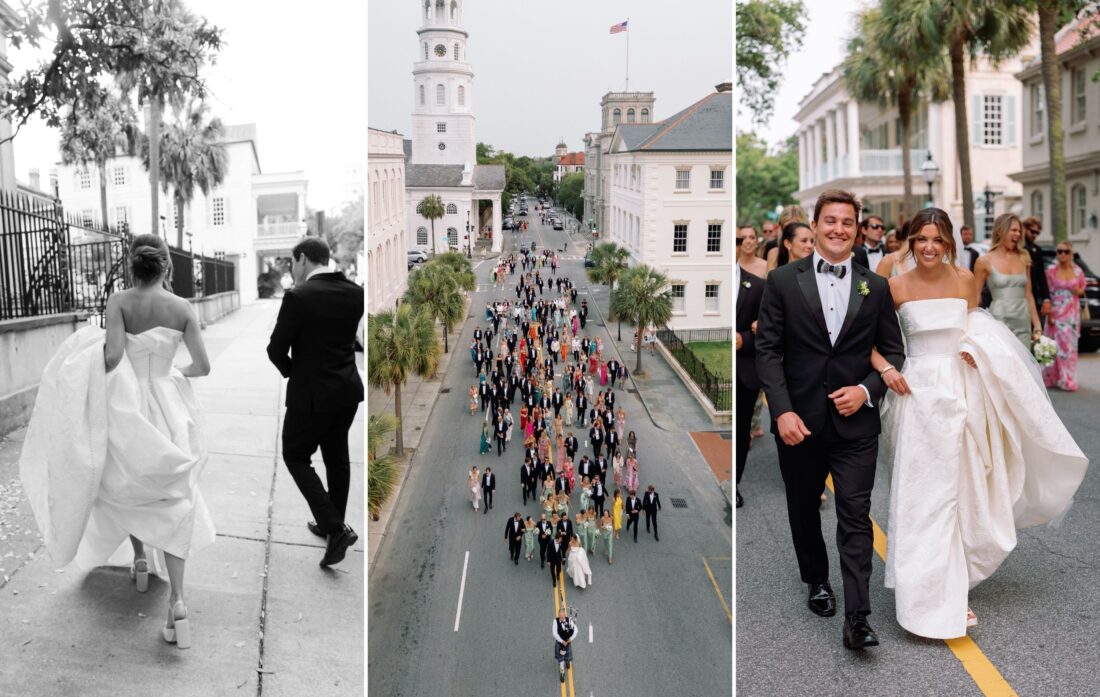
Photo: Sarah Bradshaw
With venues that honor the land, access to farm-grown flowers, and a deep reverence for heirlooms, Southerners have long put their own signature spin on sustainable weddings. Now more brides and grooms are catching up: Recent data indicates that last year, a quarter of couples planning weddings prioritized sustainability, a 10 percent jump from 2020. It was certainly top of mind when my husband, Max, and I got married a few years ago. Here are just a few smart—and perhaps surprising—ways you too can make the event a little easier on the earth’s resources, without sacrificing style or Southern flair.
Pop the Question with an Heirloom
Southerners are a sentimental bunch: We love antiques and pass heirlooms down through the generations. Engagement rings and wedding bands are no exception. Couples who want to keep a special antique piece of jewelry in the family might rework it to be a bit more modern. Custom jewelers, including AL&EM and Jane Pope in Charleston, South Carolina, and Mary Frances Maker in Atlanta, do this beautifully, working with clients across the South to redesign family rings or fashion new pieces from special stones.
Many traditional Southern jewelry stores also specialize in estate pieces, older jewels that reduce the need for new production and mining. In Charleston, for example, Croghan’s Jewel Box is worth a stroll (or an online scroll) to see some truly stunning examples, like European-cut diamonds in Victorian and Edwardian settings. The full-service shop lightly repaired, resized, and polished my own engagement ring—a treasured piece from my husband’s family tree—with both speed and care.
Shake up the Format
The pandemic recast expectations as to what a wedding can look like. For a brief but memorable time, that meant small ceremonies live streamed to folks who couldn’t travel. It also inspired couples to get creative, and that has stuck. Breweries and restaurants now play host to welcome parties, small receptions, and even the ceremonies themselves, with everything a couple needs on-site.
In other instances, instead of asking guests to travel to them, couples are hosting roving receptions with dinner parties in different cities. Inspired by this idea, Max and I married in an intimate ceremony with only our immediate kin on his family property in Vermont, then threw a larger reception six months later in our home city of Charleston, cutting back on travel distance for most of our guests.
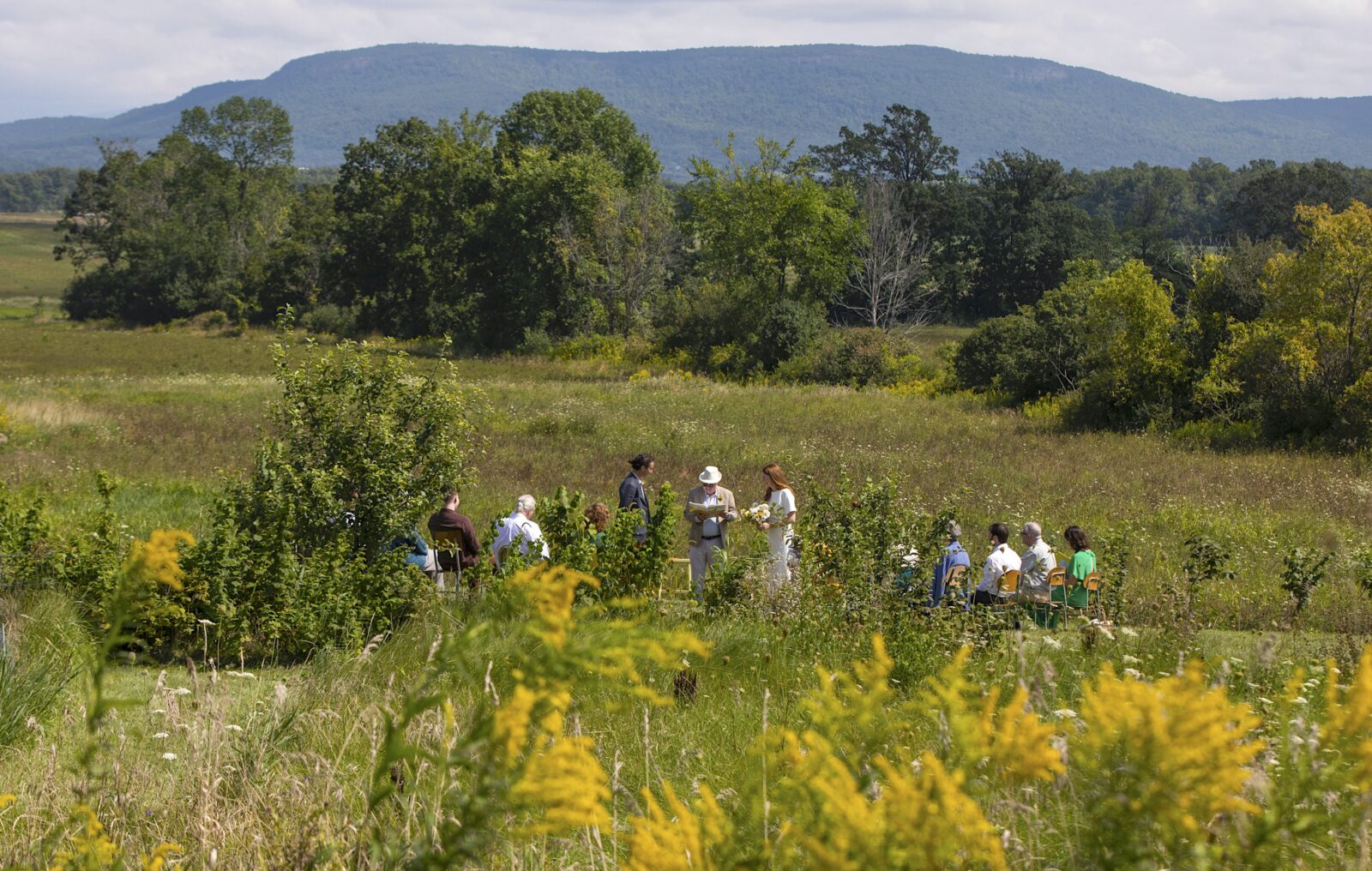
Photo: Leslye Davis
The author’s small wedding ceremony on a family farm in Vermont.
For larger events with multiple venues, some planners coordinate group transportation such as shuttles and buses to cut down on car traffic—and this can be a big part of the fun too. In New Orleans, couples can even charter a streetcar between sites for a clang-clanging and charmingly authentic NOLA experience. And if your ceremony and reception venues are close, inviting guests who are able to walk turns logistical portage into a grand parade.
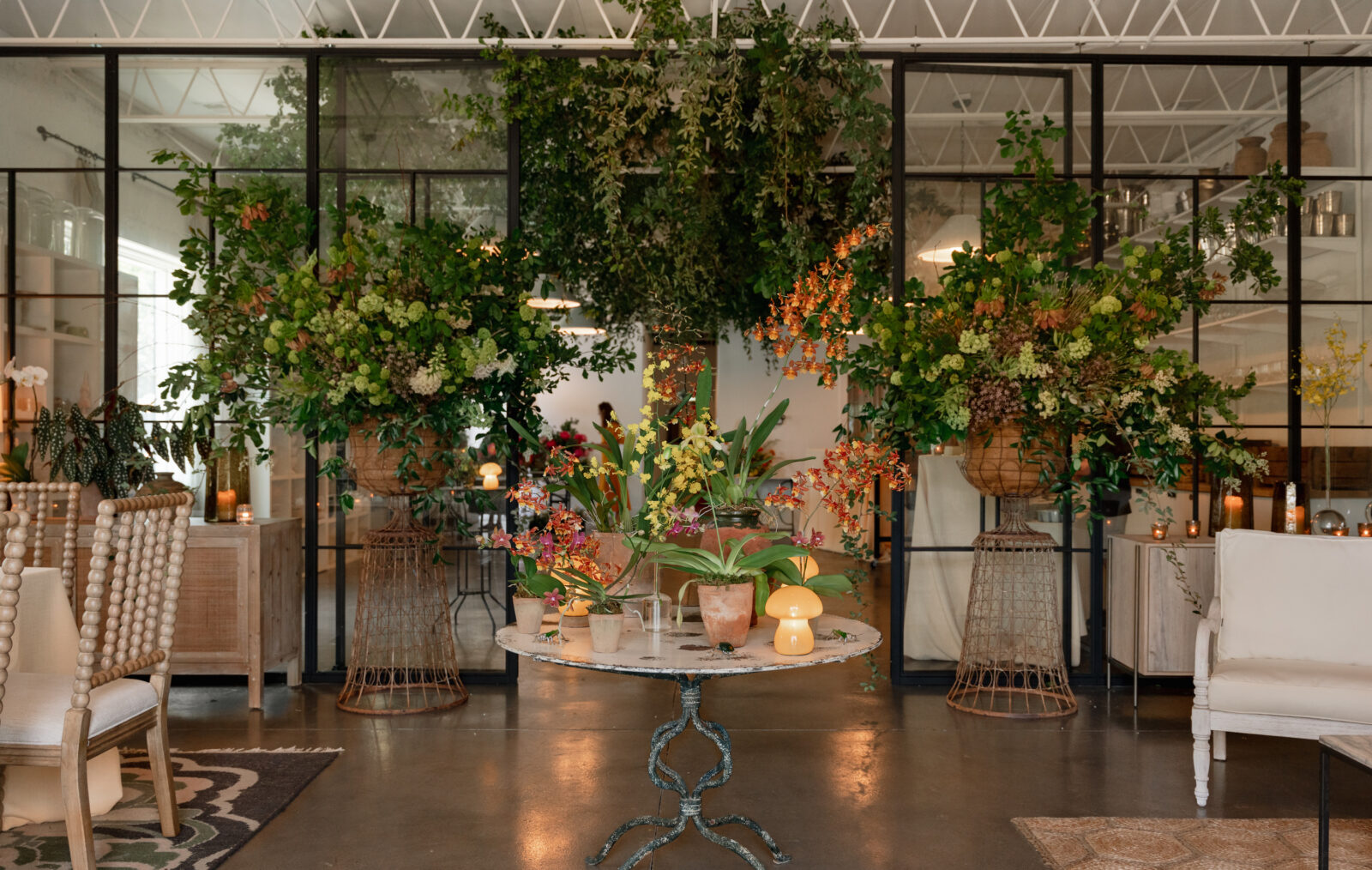
Photo: minette hand
Potted orchids infuse color into the author’s wedding reception at Gathering Events in Charleston, South Carolina.
Opt for an Eco-Minded Venue
A handful of larger, traditional wedding venues are leading the way in sustainable hospitality; hotels and resorts have been ambassadors for “eco” and “green” events for at least the last decade. Take, for example, Rosewood Bermuda, a luxury hotel overlooking a pink-sand beach that hosts weddings and is just a short direct flight from many Southern cities, including Charlotte, Atlanta, and Charleston. Rosewood has launched a glass bottle reuse program, efforts to reduce ocean waste, and the Juniper Initiative, a partnership with the Bermuda National Trust that supports restoration—every time guests order a specialty cocktail or mocktail, a dollar funnels toward planting Bermuda cedar trees in protected nature reserves.
Tell a Story with Your Own Treasures
“Incorporating personal items into wedding design not only tells a story, but it is also incredibly sustainable,” says Reagan Prechter, a Charleston, South Carolina, event planner. As anyone who has planned a big wedding knows, the small but necessary odds and ends can multiply quickly—linens, cutlery, vases, bridesmaid gifts, favors. Instead of going online for a quick solution, Prechter says, “look around you. That round entry table in your parents’ foyer may be the perfect cake table at the reception. Your grandmother’s abundance of silver dishes may be the ideal vessels to display your custom matchbooks or cocktail napkins at the bar. Not only do these items provide visual appeal that something rented or purchased can’t, they tell a story with deeper meaning that guests will appreciate.”
Prechter executed this notion gorgeously at one of her Reagan Events weddings by adorning the bar, food stations, and seating areas with the bride’s own taxidermy ducks. “When designing a wedding, I start by looking for the meaning,” Prechter explains. “What are the things that form core memories and define the couple we are celebrating? Sometimes the most interesting things are right in front of us, and those things become the heartbeat of the wedding. Take, for example, one of my recent couples, who lived in the country outside of Charleston. Their connection to the land and their family’s shared passion for hunting are big parts of who they are.” So she suggested introducing the elegant ducks into the decor of the black-tie wedding.

Photo: Sarah Bradshaw
Reagan Events integrated the Kissams’ family collections, including taxidermy ducks, heirloom silver, and alligator skulls into the reception’s dining and lounge areas.
This advice can extend to thoughtful gifts, too: “One of the best bridesmaid gifts I ever received was a random silver piece pulled from the bride’s great-aunt’s collection,” Prechter recalls. “Each bridesmaid received anything from an oyster fork to a cheese knife. Ten years later, I still enjoy the silver sugar spoon I received and use it with my coffee set.”
Celebrate with Southern Blooms
“Many couples are choosing flowers that are in season and grown locally,” says Takaya Sato, a floral designer who grew up in Japan, where his dad owned a flower and events shop. Now based in Charleston and New York City, Sato has designed florals for weddings all over the world. “It’s a meaningful gesture—one that supports nearby growers and reflects the time of year.”
But because the quality and available quantity of local flowers can be unpredictable, this route often involves compromise. Love peonies (which are often imported and have a short springtime growing window)? Try garden roses or dinner-plate dahlias instead, which thrive on flower farms in the Georgia and North Carolina mountains and have longer growing seasons. Slow Flowers is a helpful resource for finding flower farms around the country.
Consider Going the Potted Route
A literally green trend: decorating with living plants instead of single-use cut florals. “Renting plants and trees from greenhouses is a lovely option,” Sato says. “After the celebration, they’re returned to their home soil—no storage, no waste, no extra care needed.”
Abby Barber of Tiny Nest Botanicals in New Orleans works with couples and wedding planners to coordinate plant rentals. “We did a big potted blooming jasmine in an arbor recently, which was sturdy and beautiful,” she says. “In New Orleans, we get a lot of requests for tropicals, so we’ll create a lush look with palms and philodendrons, all in containers that match the wedding style.”
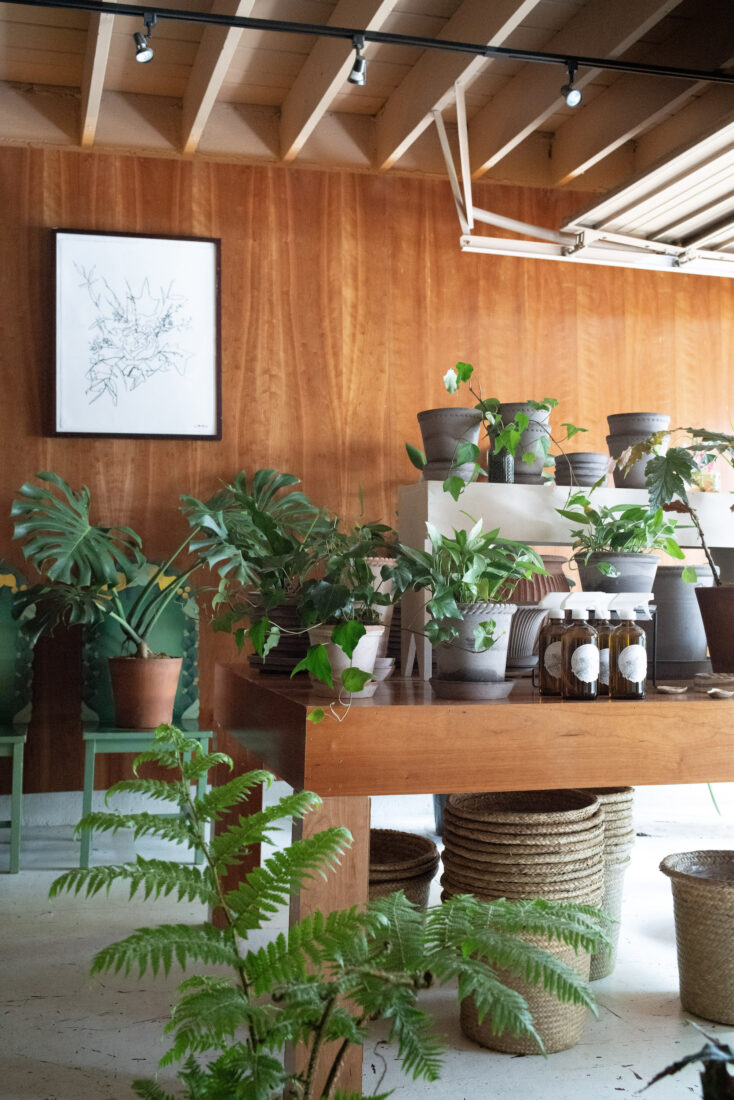
Photo: Tiny Nest Botanicals
Potted plants from Tiny Nest Botanicals in New Orleans.
Ensure Waste Doesn’t Go to Waste
The neat Southern start-up Compost Nashville brings wooden-topped bins to venues and sets them up in a way that makes sense with the space’s event design. The bins include signs that show exactly what is compostable—paper products, food scraps—so guests get the memo. Following the party, the team picks up the bins and shares a report with the couple of how many pounds they diverted from the landfill. The best part: The food waste is composted in nearby Ashland City, Tennessee, and donated to local farmers and gardeners. Coastal couples who might be celebrating with seafood can also ask their planners and vendors to look into oyster shell recycling programs, which return spent shells to the waterways, improving water quality and supporting oyster habitats.
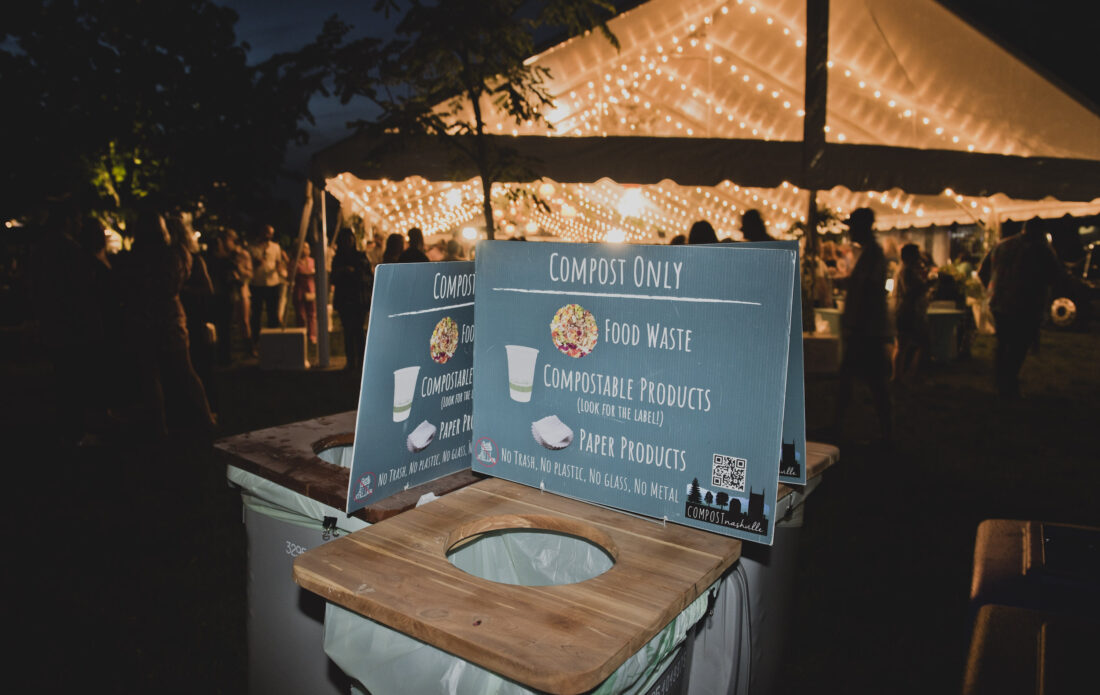
Photo: Khaki Bedford Photo
Compost bins from Compost Nashville.
Choose Details to Last a Lifetime
“If you want to make a purchase, consider how it can be used long after the wedding day,” Reagan Prechter says. “Monogrammed dinner napkins that you can add to your collection; table runners that could be given to family as gifts after the wedding.” For my own small wedding, we added a colorful Southern touch to our post-ceremony lunch that we knew we would reuse again and again: fifteen table settings of bright enamelware platters, plates, ramekins, and cups (while they look so much like vintage enamelware, our lovelies are from the modern company Crow Canyon). Now we think of our special day often: The dishes get frequent use back home as our outdoor hosting set for Lowcountry boils and brunch on the porch.
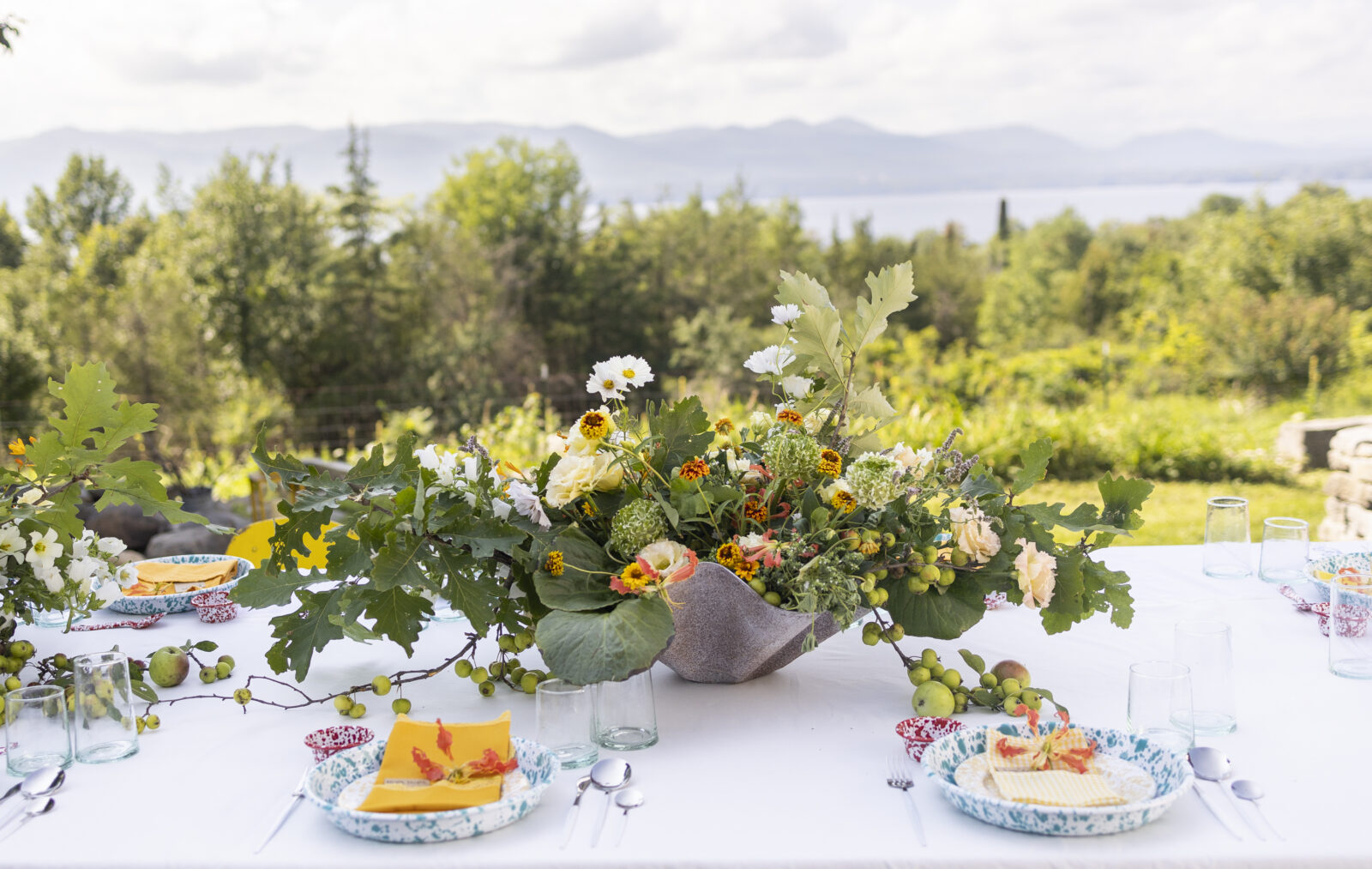
Photo: Leslye Davis
Speckled enamelware at the author’s post-wedding lunch in Vermont; the dishes now serve as the couple’s outdoor hosting set back home in Charleston.

